It's hard to miss as you turn onto the Anzac Bridge from Victoria Road and there, on prime waterfront real estate in Rozelle, it stands: White Bay Power Station. The National Trust (NSW)'s Director, Conservation, David Burdon shares his thoughts here.
Recent calls to demolish the White Bay Power Station have been met with almost universal disapproval.
Today’s Sydney Morning Herald quoted the Transport Minister as saying it was a: “site no-one was able to do anything with”, when in fact it is one of the sites in Sydney that has, since its closure in 1984, elicited countless proposals for its adaptive re-use.
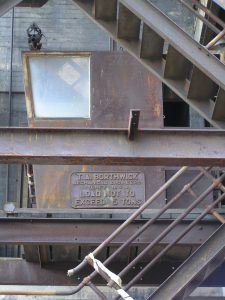
The history of the White Bay Power Station
The early Railway Commissioners were one of the pioneers of electricity generation in Sydney. Redfern Railway Terminal was first lit with arc lamps on 15 June 1882, and it was not long before experiments began relating to electric traction.
The Ultimo power house was completed in 1899 to supply electricity for the growing tram network, and there were immediate projections that further growth would exceed the capacity of this power house. This, along with plans to electrify the suburban railway and construct a new electric “City Railway” (the current City Circle), necessitated an additional source of power be established. White Bay provided a large site near the city, excellent access to both rail and dock facilities, and had unlimited circulating water for cooling.
Construction commenced in June 1912 and with some significant upgrades in the 1920s and 1950s, the station remained in service until 1984 when it was finally decommissioned. White Bay Power Station was the longest serving power station in Sydney, with a maximum output of 186MW.
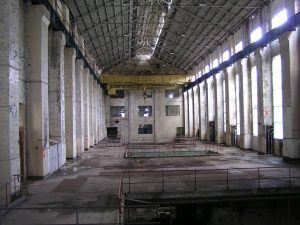
What’s on the inside?
When I last walked through the building on an official tour in 2006, it really was like entering a time capsule. I have been fortunate enough to walk through countless old buildings, but it is a rare site to see one with a calendar from 1975 still on the wall – testament to the fact that here was a place where staff literally just turned the lights off and walked out, and where vagrants have fortunately been largely prevented from entering since.
Yes, the building will need significant upgrade and repair work, but the quality of its construction and the legacy of incredible spaces make it eminently suitable for a number of very unique future uses.
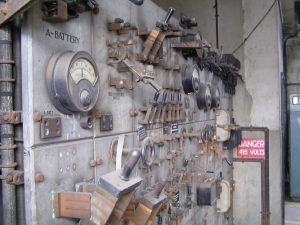
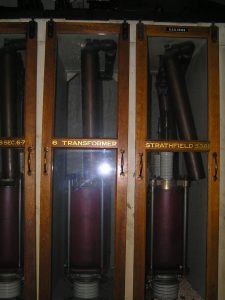
Before asbestos became the common backing for switchboards, marble was often used due to its low-transmission qualities. The impressive marble-backed switches are still in place, as are the finely crafted rows of Australian Red Cedar and glass cabinets to house the transformers for various districts of Sydney. Internal corridors were lined with white tiles, while the exterior of the building and its quality brickwork made a clear effort to showcase the importance of this new technology.
Where’s the vision?
These are the sorts of opportunity sites that global cities love to have, and which the forward-thinking ones embrace with open arms and a creative approach.
The conversion of the former Bankside Power Station in London into the Tate Modern is just one such success story. Since it opened in 2000 this museum has seen an incredible growth in popularity, and last year was the most popular visitor attraction in the entire United Kingdom with nearly six million visitors – no mean feat for an old power station once threatened with demolition when you have the British Museum, National Gallery, Natural History Museum, V&A, and Tower of London all just down the road.
Art Galleries are not the only option, although I am sure that Sydney’s MCA would love to have the larger gallery spaces that White Bay offers (instead of being crammed into the old Maritime Services Board office building with its low ceiling heights). Established US architects, Studio Gang, have just completed the transformation of a 1913 coal-burning power plant into a wellness-focused student union for a college in Wisconsin which includes a suspended running track looping through the building, while closer to home in Melbourne DesignOffice in 2016 converted a former power station adjacent to the Melbourne’s Southern Cross Railway Station into the Higher Ground cafe and restaurant.
The provision of a new Metro Station in the vicinity of the White Bay Power Station, far from being an excuse for its demolition, needs to be seen as the best opportunity for the renewal of the site since its closure. No longer able to be considered inaccessible and remote, White Bay will instead be more accessible than ever.
The economic benefits of protecting our heritage are well-established, but the renewal of White Bay is literally an opportunity for Sydney that money can’t buy.
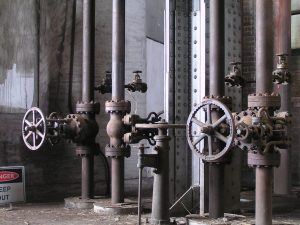
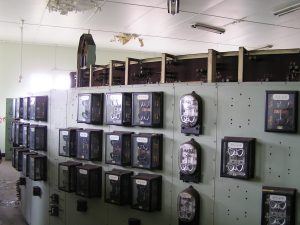
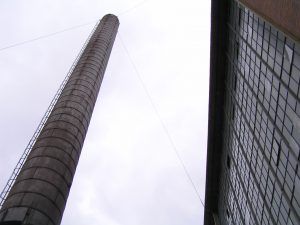
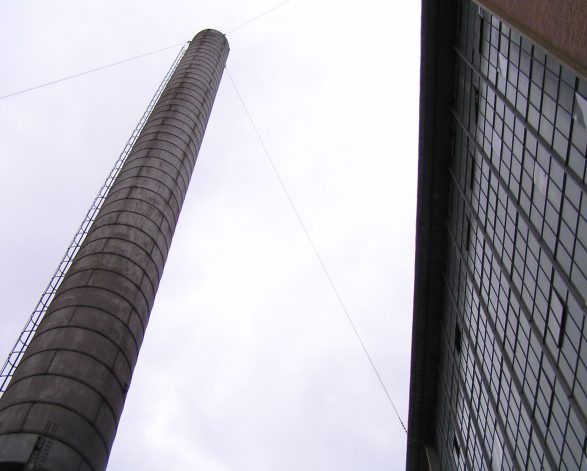
 Twitter
Twitter Facebook
Facebook Linkedin
Linkedin Email
Email
This White Bay Power Station article is excellent. The view of the White Bay Power Station leaving Balmain by car on Mullens Street before reaching Victoria Road is iconic. There is no other old industrial building in this area of Sydney to compare with.
Despite what the Minister said I believe that much of the asbestos has been already been removed.
If this is the best site for the Metro station the building could easily incorporate platforms, shops and enterprises with the adaptive reuse of the power station. London Tate, Battersey Power Station and Paris are great examples.
The other proposed site for the Metro station is the old Balmain Leagues Club site which is to be demolished and excavated by RMS for the Western Harbour crossing. The two sites are about 500m apart the distance between Wynyard and Martin Place Stations.
Plenty of scope to build a station with moving walkways without demolishing any housing.
Here is the radio conversation with David https://www.abc.net.au/radio/sydney/programs/breakfast/david-burdon-online/12898940
Also closer to home (looking up north) is a progressive success story.
Brisbane’s New Farm Powerhouse. Slatted for demolition in the 1980s, but adapted for community/ cultural purposes in the late 90s by Brisbane City Council and integrated with adjacent NF Park.
https://brisbanepowerhouse.org/discover/history/our-history/
Agree wholeheartedly. I’m thinking definitely gallery/cultural whiteBay round to Darling Harbour, Barangaroo, the Finger wharves , MCA, Opera House . . . Imagine the cultural ferry ride – museum ferry pass that would bring in Cockatoo
The old Pyrmont power station was demolished to make way for the Star City Casino. Employed by the then Electricity Commission of NSW, I worked at Pyrmont several times post its generation era when it was used for high voltage switching. Even during that period I was intriguied by the dated control rooms with their analogue instrument clusters of voltmeters, synchoscopes etc. plus the old style rotary dial telephones on the old wooden desks. The feeling that this place should be conserved was overwhelming.
The old Balmain Power Station was demolished to make way for Apartments.
With these demolions we are running low on options to conserve historical sites. Let’s not make the same mistake by demolishing White Bay Power Station.
A metro station integrated with the power station is a promising idea with an interesting stop or destination option to the tourist or local commuter.
Another successful example of the old integrated with the new is Home HQ Artarmon, which was a former brickworks and has an old a gantry crane running the length of the main roof giving great character. A “repurposing of a previously unusual building into a retail hub” according to an NBRS Architecture article.
Projects as mentioned keep cities and towns from be coming boring places and boost their incomes as want to see destinations for tourists and add interest for locals.
I support the conservation of White Bay Power Station.